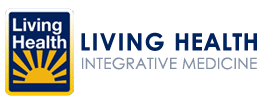Mastering The Skill Of Reading Food Labels in Annapolis MD
Mastering The Skill Of Reading Food Labels in Annapolis MD
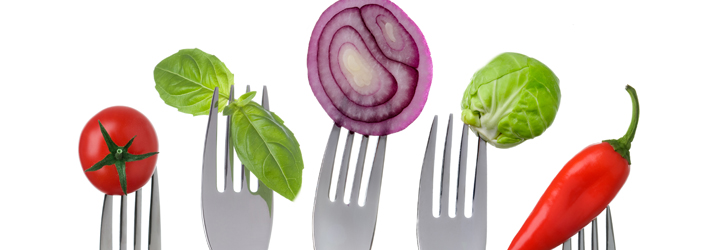
As March marks National Nutrition Month, we're seizing the opportunity to explore the science and art of food label reading. Many patients inquire about the suitability of foods they find in grocery stores. The key to addressing such queries effectively lies in mastering the skill of reading food labels. In our busy lives, taking a moment to read food labels may seem insignificant, but it holds immense importance. Understanding these labels empowers us to make informed choices about our diet and ensures we prioritize our health. While we prefer that you eat whole foods and not packaged foods, in some instances you may find yourself in need of a grab-and-go item. Let’s take a look with our Annapolis MD chiropractors at some examples of food labels.
Nutrition Facts: What To Look For?
First, know that the front of the package may include words like “paleo,” “keto,” “high protein,” which are all there for marketing purposes, and these labels may not be true. To understand what’s really in your food, look at the Nutrition Facts label, which is usually on the back of the package. Below is an example. Note the following:
- Serving size
- Total Carbohydrate
- Dietary Fiber
- Protein
The Importance Of Serving Size
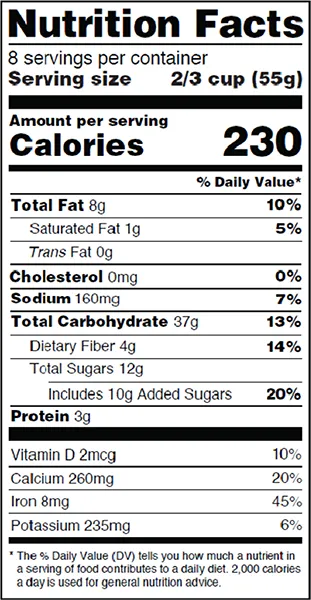
Serving size is important because it tells you how much (protein, carbohydrate, fat, etc.) is in whatever the designated serving size is. In this case, one serving is 2/3 of one cup. The serving size is not the required or suggested amount to eat but is provided to give you an idea of what you’re getting in a 2/3 cup serving size.
The Total Carbohydrate amount is 37 grams, and underneath that you’ll see Dietary Fiber and Total Sugars. Dietary fiber and total sugars are both carbohydrates. However, dietary fiber can be subtracted from total carbohydrates to give you what are called “net carbohydrates.”
Understanding Net Carbs In Annapolis MD
Let’s take a moment to understand what net carbs are and why they matter. Fiber is a nondigestible carbohydrate, because the human body lacks the enzymes to digest fiber – instead, the gut microbiota do that for you. Fiber therefore does not spike blood sugar, and instead it actually slows blood sugar from spiking. Sugars, on the other hand, are carbohydrates that spike your blood sugar. Most carbohydrates (non-fiber carbohydrates) will cause a spike in blood sugar, and over time, that can lead to insulin resistance and type 2 diabetes. So, net carbs represent the amount of carbs that can spike blood sugar – they are the number of carbs without fiber in them. In this case, this product contains 33 grams of net carbs (37 grams of total carbs minus 4 grams of dietary fiber). So, a 2/3 cup serving of this food contains 33 grams of net carbs.
Lastly, this product contains 3 grams of protein in a 2/3 cup serving. And everything in a 2/3 cup serving equals 230 calories of food, which may be most of a meal for some, and maybe half or even as low as a third of a meal for others, depending on the person’s caloric requirements. We do not recommend counting calories, but this is just to give you an idea of what’s in one serving of this food.
How Much Should I Be Taking In?
You might ask, “Is 33 grams of net carbs a lot?” The answer is yes, this is quite a high amount of carbohydrates to be taking in at one meal, for anyone, and especially for someone who may have type 2 diabetes. Your next question likely will be, “How much should I be taking in?” And the answer to that is, it depends. A good general rule of thumb is to look for single digits – the lower, the better – and to have a higher amount of protein (or healthy fat) than carbs. This will not always be the case; there are no hard and fast rules. Ideally the food would have no more than 3-4 grams of net carbs, and zero added sugars, but again, it depends on many factors, such as the actual ingredients and what else you’re eating for the day.
Ingredients: What's In Your Food?
The next part of the label to understand are the ingredients.
Take a look at his label:
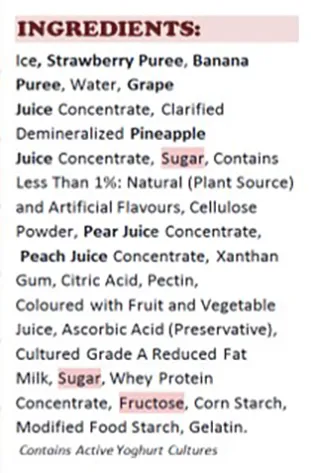
When reading food labels, ask yourself: Do I know what these ingredients are?
In this case, the first few items listed are ice, strawberry puree, banana puree, water… so far, the ingredients seem to be actual foods. As you get closer to the middle and bottom of the list, you’ll see this contains sugar and fructose, a type of sugar. This appears to be some type of fruit juice, smoothie, or flavored yogurt, which means it will be very high in sugar, because fruit juices, such as grape juice concentrate listed here, are highly concentrated sugar.
This product contains several ingredients we typically recommend against, including dairy and corn starch, due to the inflammatory nature of these ingredients. The fact that this contains “Cultured Grade A Reduced Fat Milk,” provides no benefit because the item is full of sugar. Low-fat products typically contain more processed ingredients, including refined sugars, which cause more harm than good.
Here is another ingredients label:
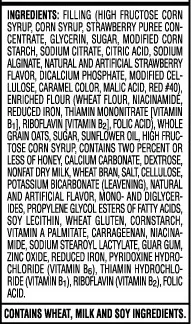
The first ingredient is high fructose corn syrup, which has been linked to metabolic syndrome, obesity, and insulin resistance. Reading through this list of ingredients, you will find more questionable ingredients, including “red #40,” which is a dye, and ingredients like wheat gluten, an inflammatory ingredient that has been linked to leaky gut, and sodium stearoyl lactylate. Any idea what sodium stearoyl lactylate is? If you don’t know, then it’s probably not a good idea to consume.
Also, this product has been enriched with B vitamins, and fortified with other nutrients like vitamin A, zinc, and iron. However, with all of the processed ingredients - including wheat (gluten), dairy, and soy, which are all ingredients that many people have sensitivities to – of what benefit are the added vitamins? Ironically, foods like this are what cause or contribute to food sensitivities and result in malabsorption, and therefore a person consuming these kinds of processed foods are often low in nutrients like B vitamins as a result.
Another important consideration when reading the ingredients is to watch out for ingredients that you’re sensitive to. At Living Health, we provide food sensitivities testing so that you know exactly what foods are causing issues – and by the way, these issues may manifest as brain fog, fatigue, joint pain, or any number of non-gastrointestinal symptoms.
To summarize food label reading, ask yourself the following questions:
- How much is one serving of this food?
- Are the net carbohydrates in single digits or double?
- Do I know what the ingredients are?
- Do I have food sensitivities to any of the ingredients?
This is not to say that the rest of the nutrition label is unimportant, but to keep things simple, these are the parts to focus on initially when learning how to read food labels.
Now that you know what to look for on food labels, check out the foods in your pantry. How do your foods compare?
If you would like to speak with one of our providers regarding your nutrition choices, CLICK HERE to schedule a FREE one-on-one consultation!

